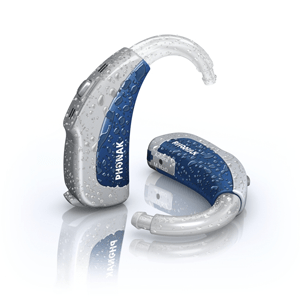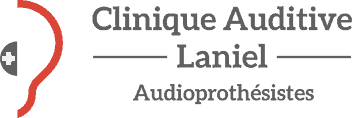New technologies

* An evaluation by an audioprosthesist is required to determine if this hearing aid can fit you.
- Improve understanding in noisy environments.
- Reduce the surrounding noise level.
- Access to improved sound clarity (like a CD).
- Have an automatic volume control.
- Reprogram hearing aids under a reduction or change in hearing.
- Provide greater flexibility and precision adjustment of your hearing loss.
 All the necessary settings on these hearing aids are programmable to our office by the audioprosthesist, which uses software programming. So if you wish to purchase these digital hearing aids, is an assessment prior to purchase. Then a few consultations are planned to ensure the correct settings to maximize the performance of the aids. It is therefore essential to meet a few times to make adjustments.
All the necessary settings on these hearing aids are programmable to our office by the audioprosthesist, which uses software programming. So if you wish to purchase these digital hearing aids, is an assessment prior to purchase. Then a few consultations are planned to ensure the correct settings to maximize the performance of the aids. It is therefore essential to meet a few times to make adjustments.
If you have problems or do have, do not hesitate to contact us. We can give you an appointment within a few days. Also, if you want to enjoy a trial period on these new technologies, contact us, we will be happy to try them at the office.

Here’s some history…
Would you have believed that hearing aids are as old as the telephone? In fact, Graham Bell wanted to invent a hearing aid for the hearing impaired woman, when a “mistake”, he discovered the phone. The famous inventor has also created some hearing aids to his credit, also in 1876.
The first implants were functioning carbon, and this was the appearance of prostheses with their piezoelectric micro lamp in 1920 In 1947, the invention of the magnetic pickup is truly advancing the technology and hearing aids was the electret microphone in 80s.
Since the early 90s, programmable hearing aids have taken over and are currently expanding with the arrival of different kinds of programmable aids.
